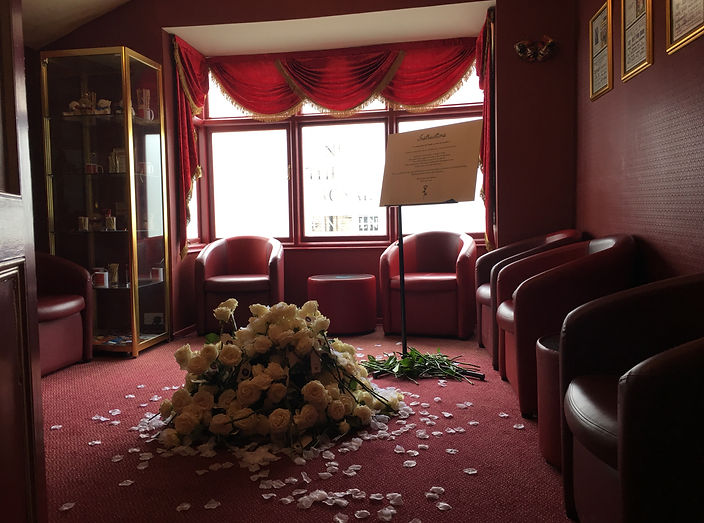EMMA HARRISON


O N E H U N D R E D T H O U G H T S
One Hundred Thoughts was a static installation designed to highlight and celebrate insecurities. I asked numerous participants what they considered to be their biggest insecurity and made a point of showcasing them within an installation which, at face value, would appear beautiful. The literal hanging of each tag represents the weight of the insecurities and how they can ‘bring someone down’ and effect them, both physically and emotionally.
The work was shown as part of a student lead exhibition at the University of Lincoln.
W H A T D O E S H O M E S M E L L L I K E ?
What does Home Smell like? was a collaborative artwork between myself and another artist, Josh Warriner. The video focuses on the formation of our individual identities; we believe that a 'home' is a place where people are more likely to experiment with their outward appearances and internal beliefs as they often feel safe and secure enough to do so. We wanted to explore the places in which our peers constructed their identities in the most unconventional way we could; through their memories of scent.

S L U T B O O K
SlutBook was a campaign I created to raise awareness for slut shaming within my community; I wanted to highlight the problem that countless women face on a daily basis. I interviewed as many young women as I could over the course of 4 months and collected their accounts of the times that either themselves, or other women around them, had been slut-shamed or sexually harassed. I deconstructed their stories and branded participants, using temporary tattoos, with the words or allegations that had been forced upon the young women. I wanted to give the words back to the public, for them to take ownership of their words.
By using a billboard, I was able to display one of my own photographs and ‘force’ it upon people – if I made it hard to ignore, viewers would have no choice but to look at the information in front of them. The image depicts one of the statements made to a young woman; that 'Sluts are bad girls'.
The campaign also consisted of two hardback lookbooks which featured all temporary tattoo images, a wall of over 100 polaroid photographs which depicts the women on the nights out that they - or a friend - were harassed or slut shamed and two TV adverts which mimic those of popular women fashion brands.







I N T H E E Y E O F T H E B E H O L D E R
"A woman lives her body as seen by another"
(Bartky, 1990, Femininity and Dominance)
Consisting of over 300 real roses, In The Eye of The Beholder focused on the way in which women have been represented within a theatrical setting and how they can be reclaimed. Each rose symbolised a woman's body as white roses have typically been used as metaphorical representations of the female form; they are naturally beautiful, innocent and an emblem of purity.
Audience members were invited to select a rose and carry it to its assigned seat, which was indicted by the tag around each stem, within the auditorium. This act represented the care and nurture we need in order to become individuals; the flowers became the audience.


M A N U F A C T U R E D
"Men dream of women, women dream of themselves being dreamt of"
(John Berger, Ways of Seeing, 1972)
Having explored the notion of The Male Gaze, i was keen to see how it could be directly applied to art and the consequences there may be for those featured.
Although a woman's body has been placed on a pedestal, the public have learnt that her body has been produced to stimulate male sexual pleasure. I wanted to explore what would happen if women failed to meet these sexual expectations as well as simultaneously confronting the viewer; can The Gaze be manipulated to benifit those depicted?
What would happen if women began to own The Gaze?